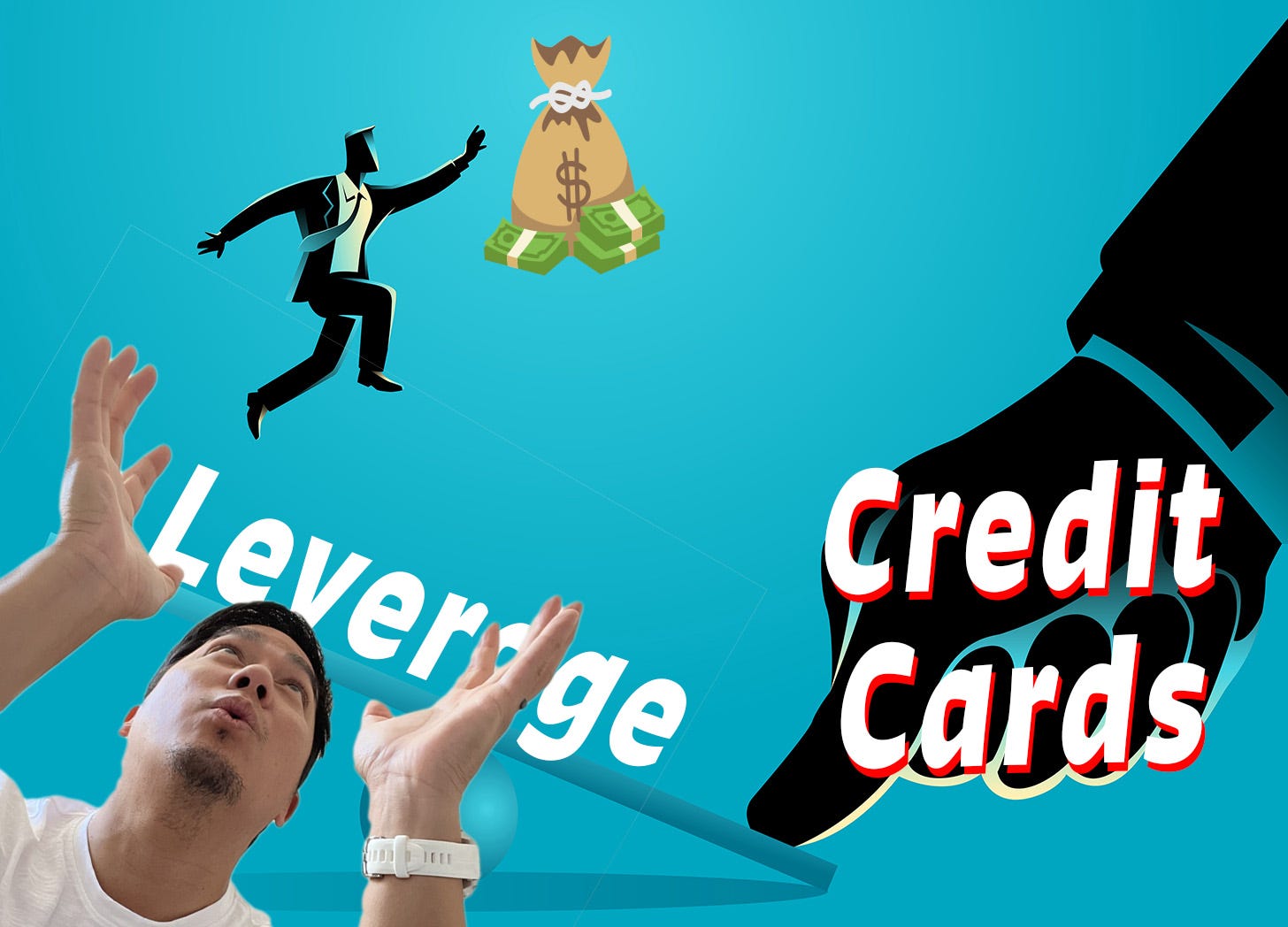At the Porsche Club of America event in Dana Point, CA, I interviewed a Porsche owner who shared her journey and experience with money. I initially asked her the question of "what is something about money that you wish you would have known when you first started working?" Her answers ranged from saving for a wedding dress, savings bonds, and retirement. However, one answer deserved greater attention and that was the one she gave regarding the credit system.
Watch the video:
The credit system for any country works generally the same. With my personal past negative experiences along with my understanding of financial systems and markets, the credit system is a game and if you know how the game is played, then you can be smarter with money.
First Principle Analysis.
A credit card is a loan from a financial institution that chargers the borrower interest in order to profit from the loan.
"But, the credit card company is offering 0% interest for a year, so they aren't making money off me!"
To think that you are able to outsmart a financial institution only makes you a target. Credit card companies think and act 10 steps ahead. You see 0% interest for one year. They see a customer in debt for the next four years. But more on this later.
A credit system is nothing more than financial institutions and the government collaborating to certify that borrowing money is safe and legal. Both entities encourage borrowers to become debt holders because financial institutions profit off this debt and governments remain relevant by acting as a trusted protector of the borrower. This gives the illusion that you not only have a roof over your head, but you have a warm blanket to comfort you.
Financial technology companies like Affirm, PayPal, Block, and others implement a similar credit card model called “buy now, pay later.” At the point of purchase, the consumer can opt to make payments instead of paying-in-full. Affirm secured a partnership with Amazon which allows consumers to make payments on certain high-ticket items like furniture and tech devices, rather than paying the price upfront. Depending on the terms and conditions, Affirm may offer payments at 0% interest for six months, then if the item is still not paid in full, then an interest rate kicks in until the item is paid off in full.
The Fine Print.
"A penalty APR (annual percentage rate) applies up to 29.99% if: 1) you fail to make a Minimum Payment by the date and time that it is due; or 2) make a payment to us that is returned unpaid.
We will end your introductory APR if any required Minimum Payment is 60 days late, and apply the Penalty APR."
Keep reading with a 7-day free trial
Subscribe to 24Hour Journal to keep reading this post and get 7 days of free access to the full post archives.




